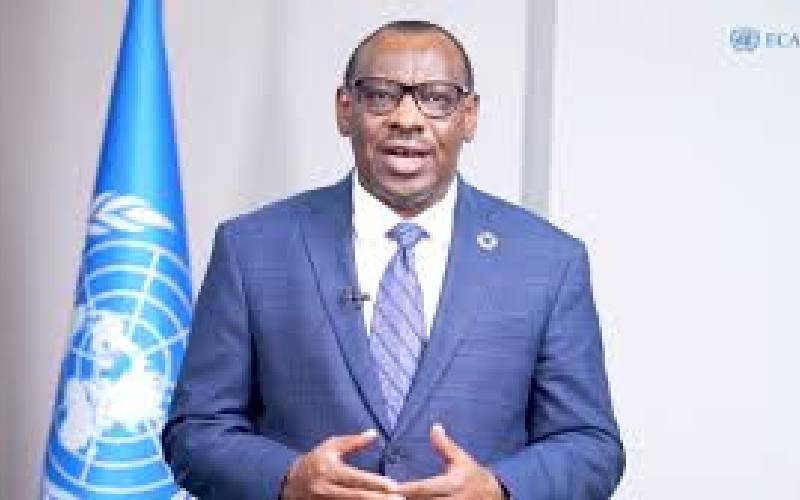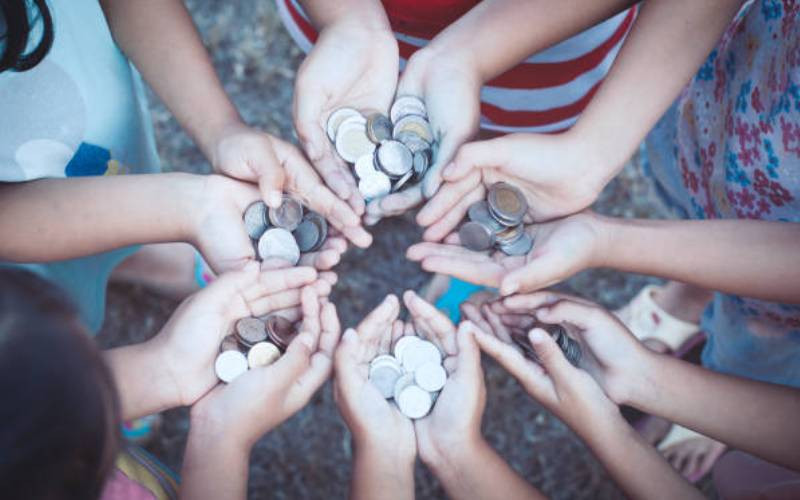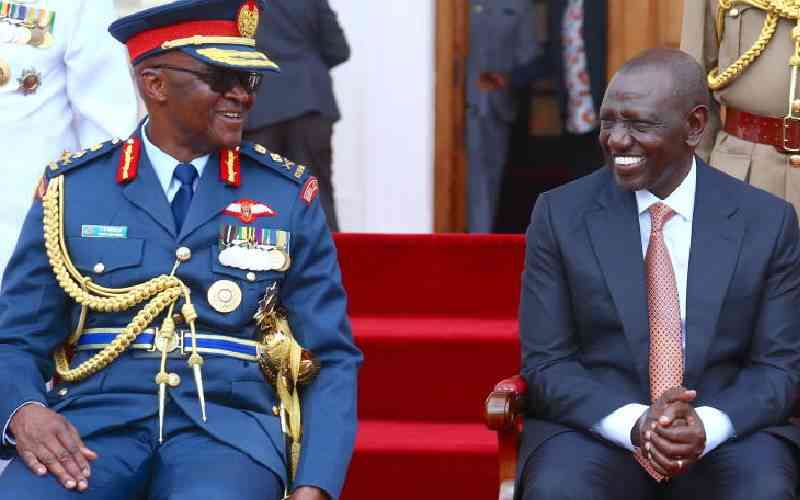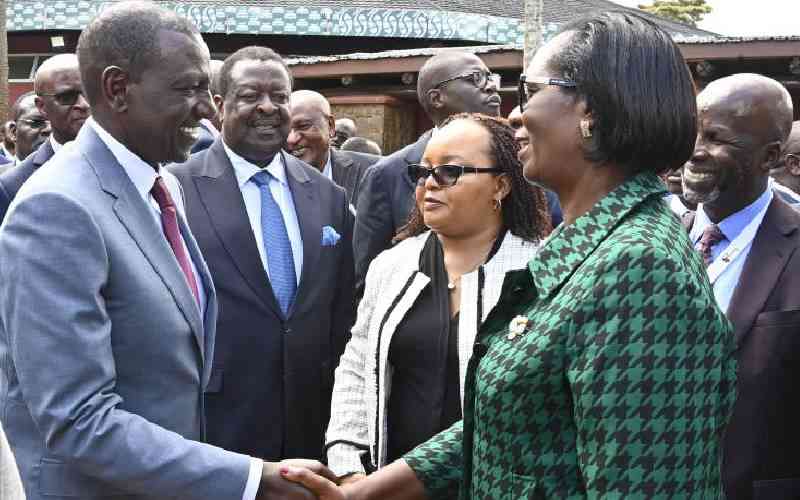
Upon entering the United Nations Office in Nairobi for the first time in 2018, I understood the tasks before me would be challenging. As the first Asian woman to serve as Executive Director of UN-Habitat, I felt humbled and proud.
At that time, UN Habitat was in the red, experiencing acute financial challenges and struggling to pay staff. Today, UN-Habitat is back, we have moved to a surplus in our coffers and grown in strength and visibility. None of this would have been possible without my dedicated team and the support of all staff and personnel. I have learned to live by the wise African saying: “If you want to go fast, go alone, but if you want to go far, go together.”
Soon, it became clear that significant internal changes were needed for the organisation to deliver on its vision of building a better quality of life for all. We had to make UN-Habitat fit for purpose and offer a better response to urbanisation needs around the world. We needed to regain the trust of member states and donors. This involved a forensic audit and firm steps to reform the Programme. A new governance structure was proposed within six months, and UN-Habitat developed a five-year strategic plan for 2020-2025. We also adopted a new approach to our work programme and budget, and I am leaving UN-Habitat today with a surplus for two consecutive years, after almost 12 years of being in the red.
For 45 years, UN-Habitat has served as the UN entity responsible for promoting socially and environmentally sustainable human settlements and adequate shelter for all. This task is more important than ever today as the world rapidly urbanises. Half of the world’s population resides in cities. By 2050, this number is projected to increase to almost 70 per cent. Urbanisation impacts every aspect of our lives in cities and communities. Housing is a problem both for the Global North and South. By 2030, UN-Habitat estimates that three billion people, about 40 per cent of the world’s population, will need access to adequate housing.
Alongside the internal administrative reform, together with my staff, we began to reposition UN-Habitat as a thought leader on sustainable urbanisation. A concerted outreach effort was made to better engage with member states, multilateral and bilateral donors, implementing partners, and beneficiaries. We enhanced partnerships and collaboration with the wider UN family to address challenges and opportunities arising from urbanisation.
In the second half of my term, we positioned the Programme as the thought leader on sustainable urban development to achieve the Sustainable Development Goals (SDGs) and meet goals of the Paris Agreement on climate change.
We focused on local action and co-chaired the UN Secretary-General’s Task Force on the Future of Cities and the Local2030 Coalition, designed to accelerate local delivery of SDGs. Today, UN-Habitat and its sustainable urbanisation agenda are present in all global platforms.
Looking ahead, I wish to highlight the building metaphor that best describes what we do at UN-Habitat. In the past six years, we have not only built greater coherence within the organisation, but also aligned our aspirations with those that member states are willing to support. We must continue on this path and double the positive impact of our work on the people.
The writer is United Nations Under-Secretary-General and Executive Director of UN-Habitat
 The Standard Group Plc is a
multi-media organization with investments in media platforms spanning newspaper
print operations, television, radio broadcasting, digital and online services. The
Standard Group is recognized as a leading multi-media house in Kenya with a key
influence in matters of national and international interest.
The Standard Group Plc is a
multi-media organization with investments in media platforms spanning newspaper
print operations, television, radio broadcasting, digital and online services. The
Standard Group is recognized as a leading multi-media house in Kenya with a key
influence in matters of national and international interest.
 The Standard Group Plc is a
multi-media organization with investments in media platforms spanning newspaper
print operations, television, radio broadcasting, digital and online services. The
Standard Group is recognized as a leading multi-media house in Kenya with a key
influence in matters of national and international interest.
The Standard Group Plc is a
multi-media organization with investments in media platforms spanning newspaper
print operations, television, radio broadcasting, digital and online services. The
Standard Group is recognized as a leading multi-media house in Kenya with a key
influence in matters of national and international interest.









